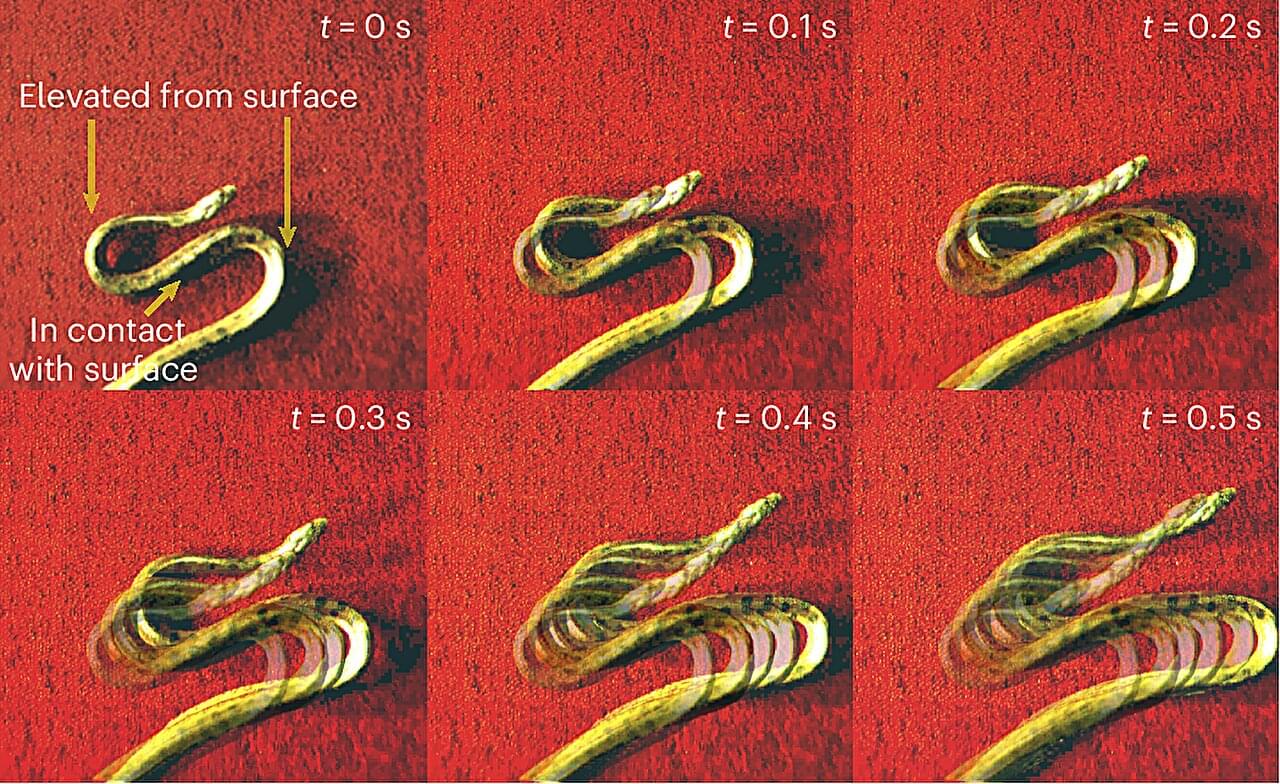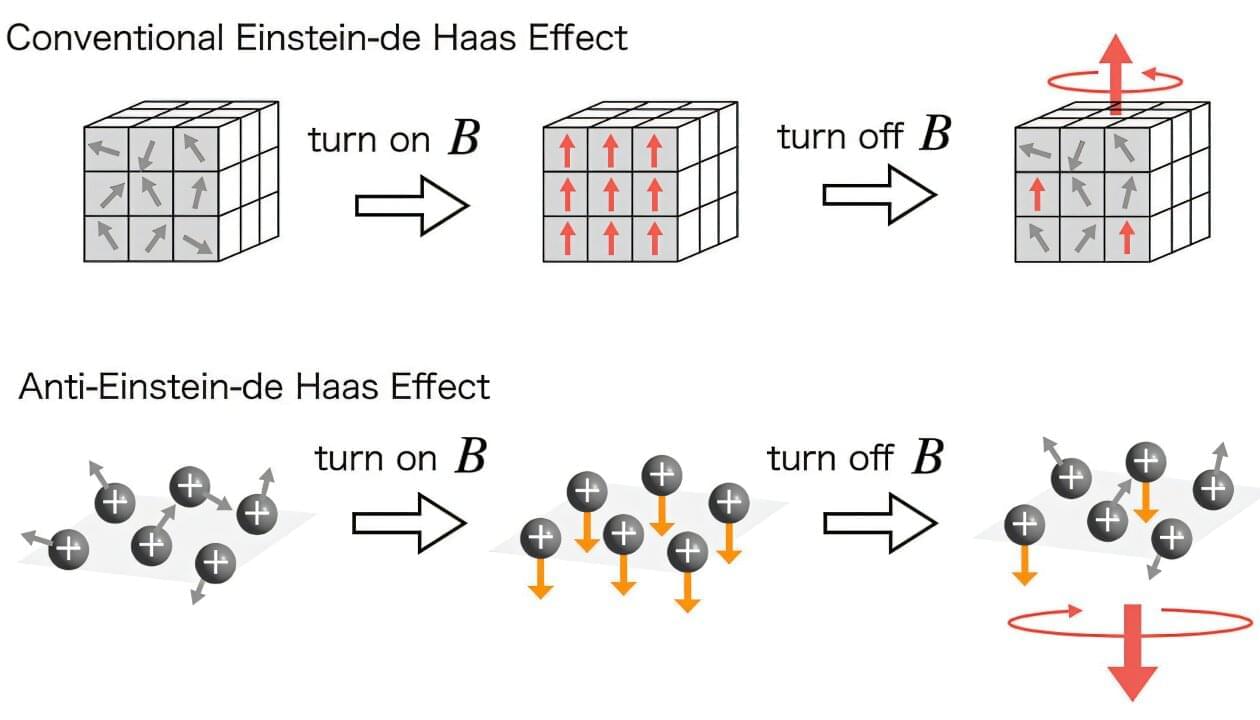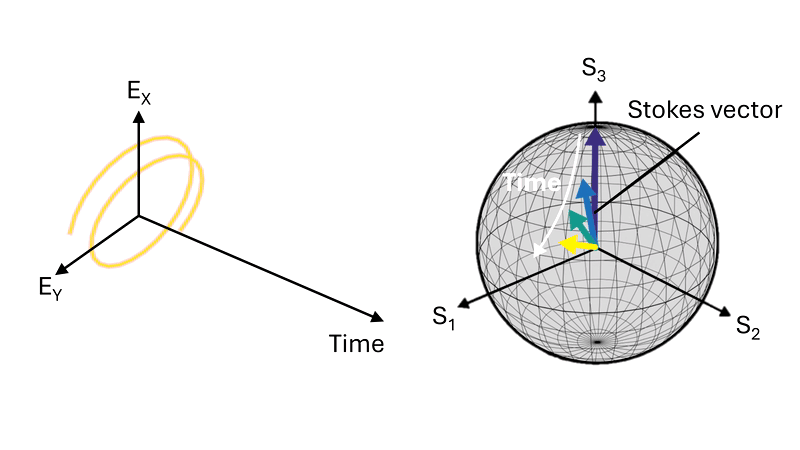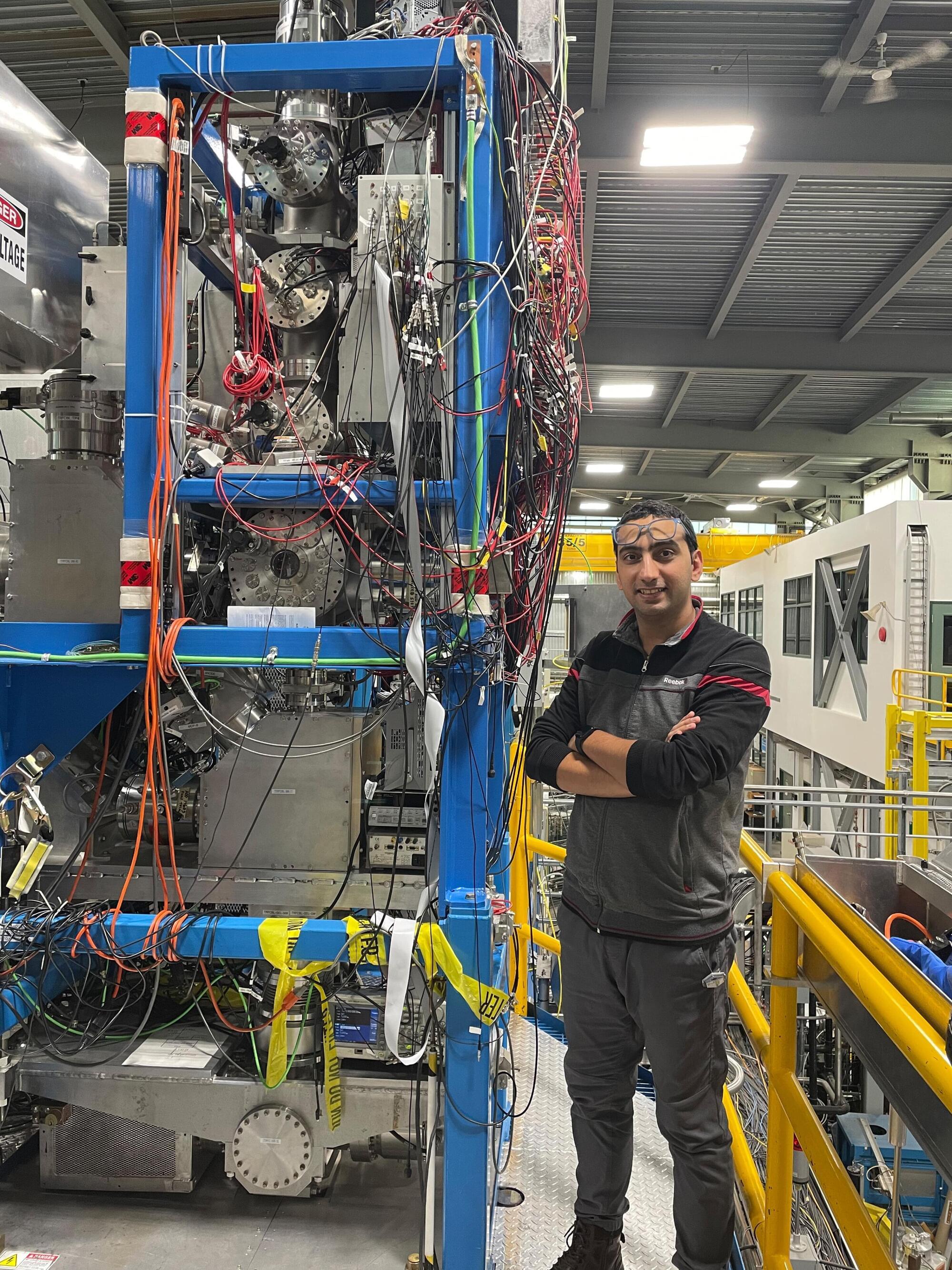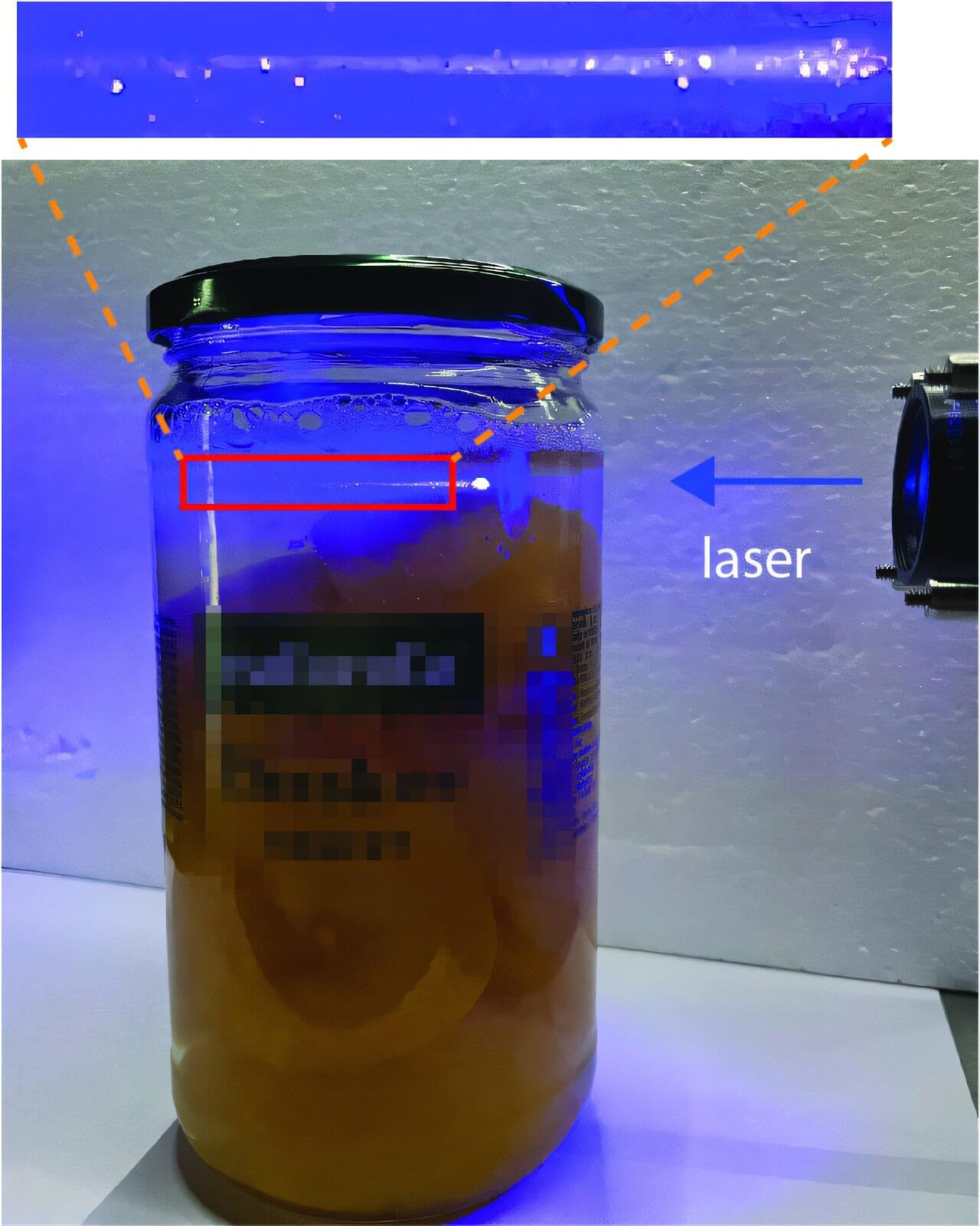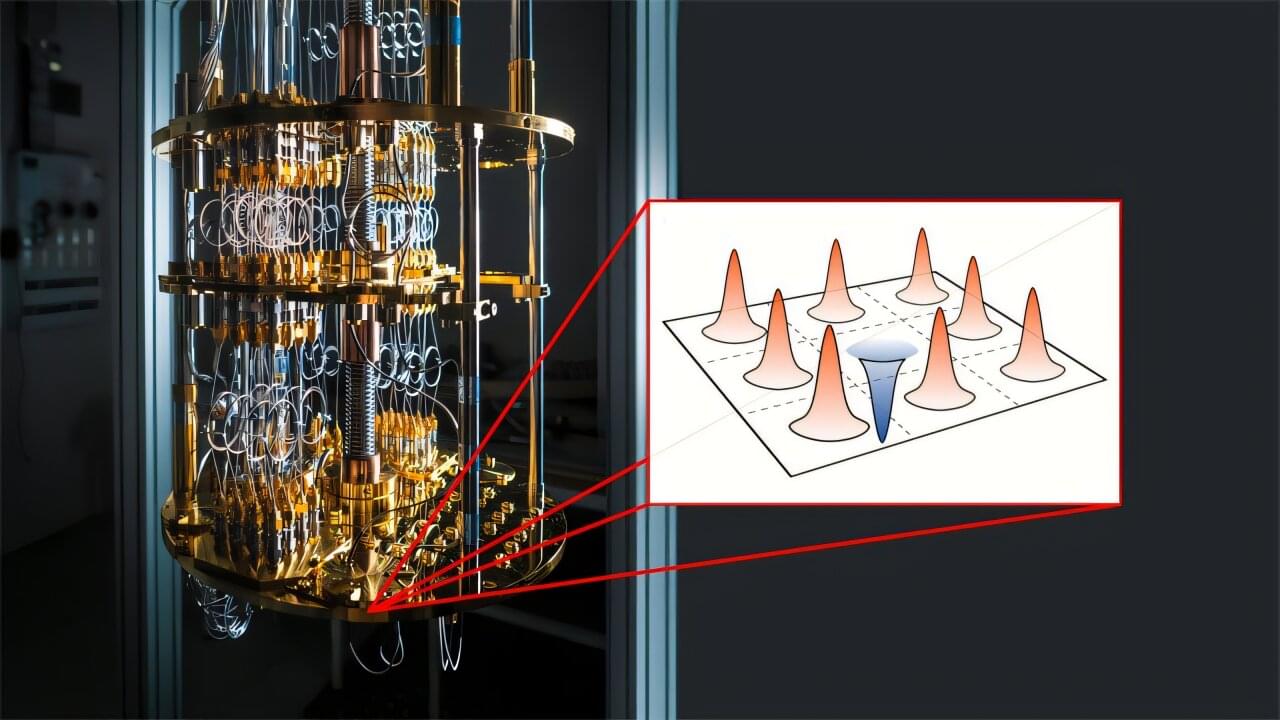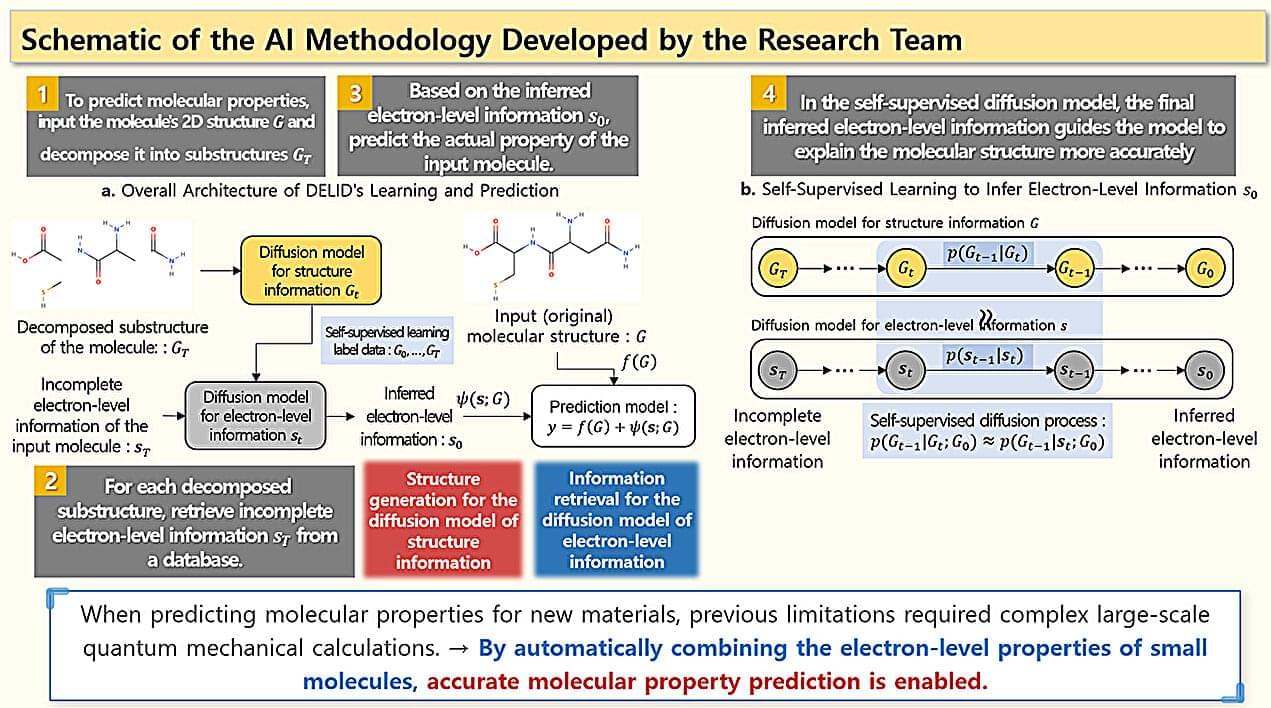Angular momentum is a fundamental quantity in physics that describes the rotational motion of objects. In quantum physics, it encompasses both the intrinsic spin of particles and their orbital motion around a point. These properties are essential for understanding a wide range of systems, from atoms and molecules to complex materials and high-energy particle interactions.
When a magnetic field is applied to a quantum system, particle spins typically align with or against the field. This well-known effect, known as spin polarization, leads to observable phenomena such as magnetization. Until now, it was widely believed that spin played the dominant role in how particles respond to magnetic fields. However, new research challenges this long-held view.
In this vein, Assistant Professor Kazuya Mameda of Tokyo University of Science, Japan, in collaboration with Professor Kenji Fukushima of School of Science, The University of Tokyo and Dr. Koichi Hattori of Zhejiang University, found that under strong magnetic fields, the orbital motion of magnetovortical matter becomes more significant than spin effects, leading to reversing the overall direction of angular momentum. The study will be published in Physical Review Letters on July 1, 2025.
